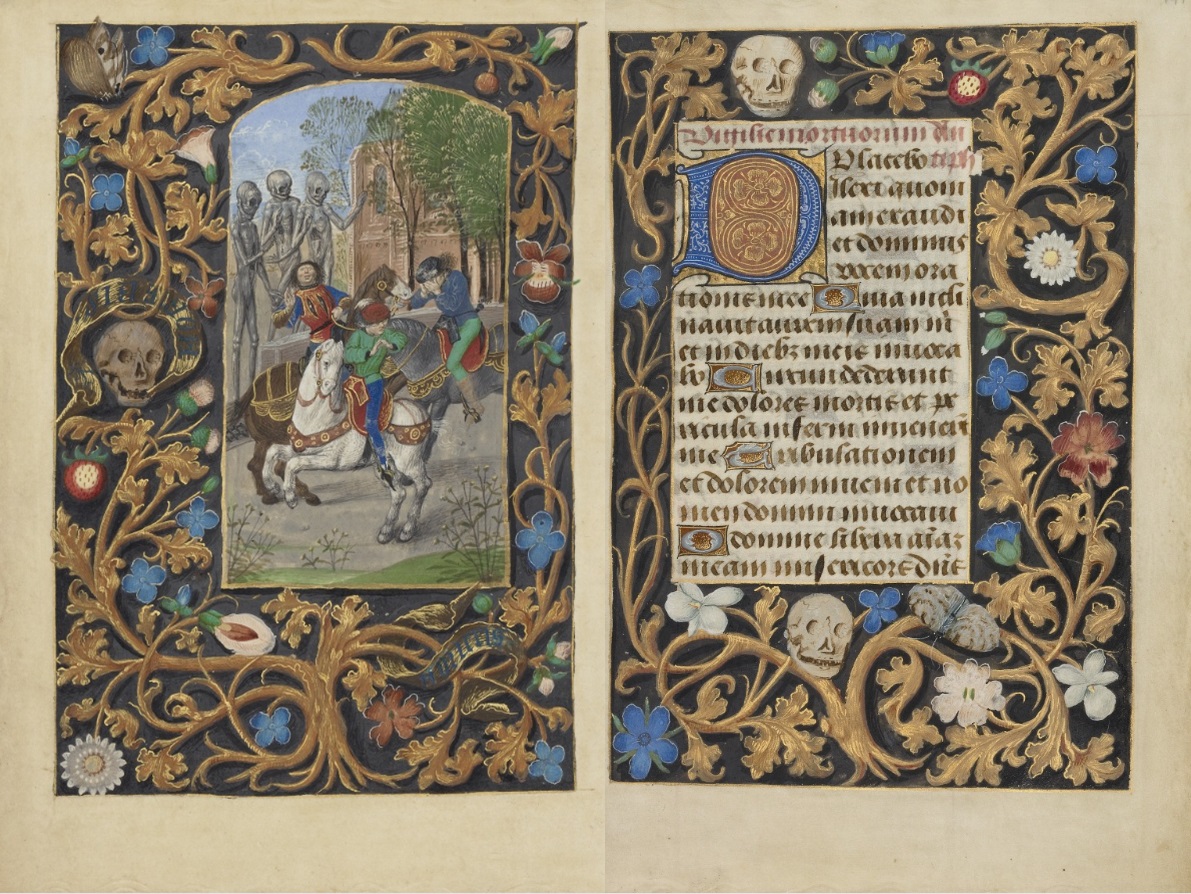

Scarce and unique: these are two of the characteristics we often look for when considering whether to acquire a rare book or not. The records of Hereford Cathedral, for example, suggest that there was a 174% increase in the purchase price of manuscript books over the one-hundred-year period after the plague. With fewer manuscripts on the market, and fewer scribes to copy them, came substantial inflation in their value towards the end of the fourteenth century. Given the significant rise in mortality during the mid-fourteenth century, especially among members of the educated class who lived and worked in the cities, it is not surprising that manuscript production saw a significant decline, estimated at about fifty percent between 13. Whatever their content, the production of these manuscripts, even under the most difficult of circumstances, remind us that communication is always a crucial component to surviving a crisis.
Black death medieval manuscripts how to#
Other manuscripts were more reflective and introduced a new genre of spiritual reading, the ars moriendi or the art of how to die well. Some preserved firsthand accounts of the pestilence and its effects and were accompanied by illustrations personifying Death and the other terrors of the ‘End Times’ they believed were now frighteningly at hand.

Many books copied during the period offered practical suggestions on how to improve diet and fumigate one’s home to release the evil vapours associated with the plague.

Medieval manuscripts, such as those we collect at the Fisher, fell into a production slump, but did not disappear from the market altogether. Their economy, like ours, came under a threat – a threat that had disastrous consequences for the important and growing trade in books. During those cataclysmic years, those who could fled urban centres for more spacious ground where they hoped to breathe fresh air with little human contact. One thing is clear: we did not invent the idea of social distancing. I have personally found myself delving even further into the mists of time, looking back to that fourteenth-century pestilence known as the ‘Black Death’ which, it is estimated, carried off somewhere between thirty and fifty percent of the European population between 13. Over these last weeks many of us have been trying to find our way to the future through the past, hoping to discover lessons for this ‘new normal’ by comparing our situation to such earlier events as the Spanish flu epidemic of 1918. Through the Revolving Door: Fisher Blog.Guidelines for Filming at the Thomas Fisher Rare Book Library.The results indicate that there are significant differences in survival and mortality risk, but not birth rates, between the two time periods, which suggest improvements in health following the Black Death, despite repeated outbreaks of plague in the centuries after the Black Death. By applying Kaplan-Meier analysis and the Gompertz hazard model to transition analysis age estimates, and controlling for changes in birth rates, this study examines differences in survivorship and mortality risk between the pre- and post-Black Death populations of London. Mary Graces cemetery (n = 133) was in use from 1350-1538 and thus represents post-epidemic demographic conditions. Mary Spital cemetery, which date to between 1120-1300 (n = 143). Nicholas Shambles (n = 246) cemeteries, which date to the 11th-12th centuries, and from two phases within the St. The pre-Black Death sample comes from the Guildhall Yard (n = 75) and St. Samples are drawn from several pre- and post-Black Death London cemeteries. This study investigates whether the combination of the selective mortality of the Black Death and post-epidemic improvements in standards of living had detectable effects on survival and mortality in London. Following the epidemic, there were improvements in standards of living, particularly in dietary quality for all socioeconomic strata. It killed tens of millions of Europeans, and recent analyses have shown that the disease targeted elderly adults and individuals who had been previously exposed to physiological stressors. 1347-1351) was one of the most devastating epidemics in human history.


 0 kommentar(er)
0 kommentar(er)
